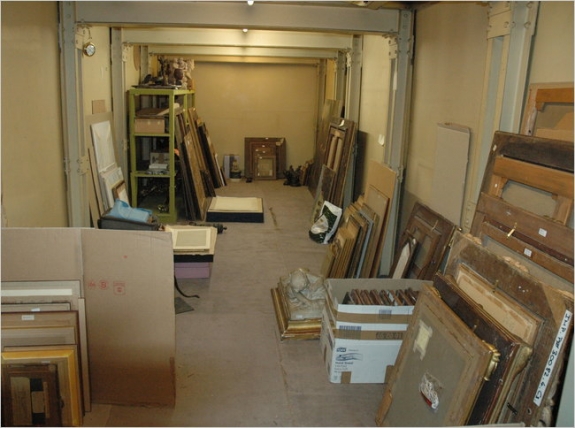Guy Wildenstein, the billionaire international art dealer, is accustomed to shuttling between his company’s limestone headquarters on the Upper East Side of Manhattan and the Wildenstein Institute, his family’s research center in a regal mansion on the Right Bank here. But last week he spent 36 hours in police custody, sleeping two nights in the headquarters of a special art-theft squad outside Paris, where he was formally charged with concealing art that had been reported missing or stolen.
The crime, known officially as a “breach of trust,” carries a maximum penalty of seven years in prison.
In the course of his questioning Mr. Wildenstein made a surprising claim: He told the police that the institute, which specializes in gathering detailed information about art for scholars, lacked any inventory for a roomy vault where dozens of valuable artworks that it does not own were discovered this year by the police.
“I didn’t inspect the vault,” Mr. Wildenstein said, according to internal court records of his questioning by an investigative judge while in custody. “We have never had an inventory of the vault.”
That terse statement is the emerging defense for Mr. Wildenstein, the scion of an old French family that has traded in art since the 1870s, who presides over an international art-dealing empire and who was released without bail after his questioning.
According to court documents Mr. Wildenstein blamed the lack of records on family conflicts after his father’s death, in 2001, and staffing reductions at the Wildenstein Institute. In addition, he said, one missing painting found in the vault, a Berthe Morisot depiction of a thatched house valued at more than $1.1 million, was obscured by wrapping.
This general line of defense has put Mr. Wildenstein on a collision course with skeptical heirs and owners of the 30 seized artworks, including an elderly Parisian with alert pale blue eyes who inherited most of the works.
For this woman, Suzanne Reinach, 98, who is partly deaf and struggles to speak after a stroke, the enduring mystery is how at least 20 of her artworks — among them sculptures by the 20th-century Italian artist Rembrandt Bugatti and a Eugène Delacroix tiger pastel — ended up in the Wildenstein vault.
“I don’t know how many missing works of art there are,” Mrs. Reinach said in a halting voice. “I have never spoken to Guy Wildenstein.” She added emphatically in an old French expression, “He certainly has gall.”
Mrs. Reinach’s great-nephew Alexandre Bronstein was dismissive of the idea that the institute lacked an inventory, calling it absurd. “Of course they have a record somewhere,” he said.
The missing works, which also included drawings by Degas, were seized in a raid that grew out of the Wildenstein family’s longstanding clash over the division of the multimillion-dollar estate of Mr. Wildenstein’s father, Daniel.



